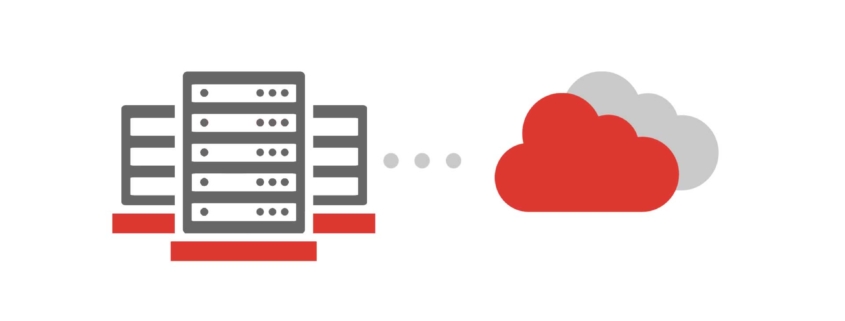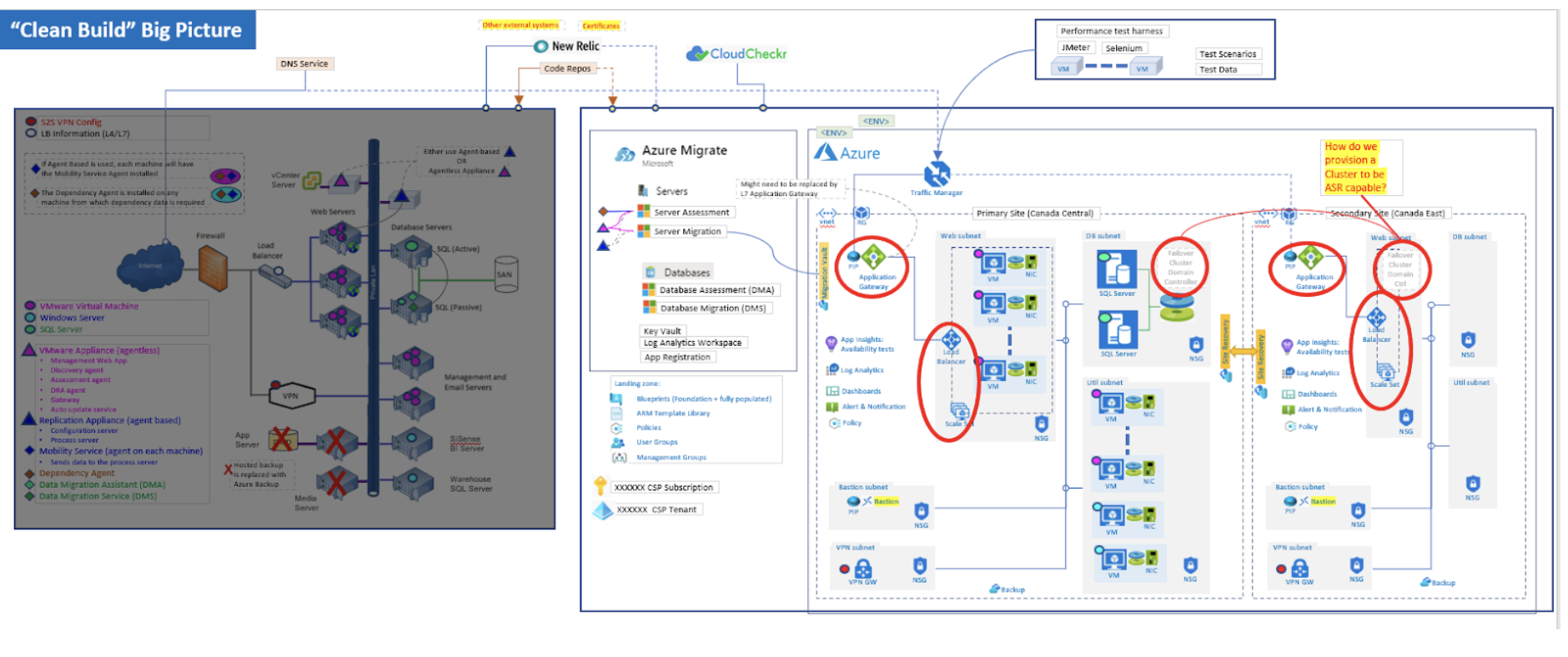
The Client
Our client is a global CRM system that helps businesses visualize data, make decisions, draw insights, and take faster actions.
The Business Need
Our client’s web-based CRM software application was hosted in a third-party datacenter.
Several of their teams — Dev, DBAs, QA, and more — were facing critical challenges:
- There was no unified access and control over the way applications were managed and maintained on the third-party, on-premise systems.
- The data volumes were progressively growing. They even had to rely on another vendor for its backup and restore process.
- These various vendors had such slow turn-around times for managing applications and databases that it was leading to business interruption.
- The patchwork of on-premise systems, disaster recovery was a manual process and there were too many disruptions overall.
As a result, they needed to immediately migrate from their current setup to Azure (with, of course, no disruption to users).
Solution
Optimus takes a strategic approach. We weighed assessments of the client’s current datacenter environment and considered their goals. The client wanted to migrate to Azure PaaS to take advantage of built-in resilience, scalability, and manageability. However, Optimus’s assessment revealed that most applications that were identified as PaaS candidates would require some level of redesign. Therefore, Optimus and the client decided that database restructuring and certain applications needed to be considered for future phases in the migration process.
We decided migration to Azure IaaS was an ideal solution to immediately benefit from hosting the entire ecosystem in Azure and provide time to properly plan for migrating into Azure PaaS. A lift and shift provided a simple migration method to get their infrastructure onto the Azure platform quickly, which would immediately reduce their datacenter needs.
On-premise, the client had an overextended SQL server (over 2500 databases) with a legacy schema that needed to be migrated onto a SQL server running a large Azure VM. Since our client has users around the globe, we needed to complete the data transfer in under 48 hours.
After evaluating several options, Azure ExpressRoute was used to establish a high bandwidth connection between the hosting data center and an Azure Regional Data Centre. We used a separate Testbed created with JMeter VMs to benchmark the performance requirements. To achieve this in the given timeframe required a balance between the network, VM, and disk speeds.
Once everything was copied over, we needed to ensure that all the data was backed up before allowing users back onto the system. For this, we used SQL backup and restore and the entire primary site was protected for the disaster recovery using Azure Site Recovery.
Business Impact
Optimus solved one problem after another. And, using a combination of Azure IaaS and PaaS components, we were able to help our client quickly migrate all on-premises applications to Azure. Now, the client is reaping the following benefits:
Single Infrastructure Cost
The client no longer has to guess what their infrastructure spending will cost. Not only are they enjoying this peace of mind, but they can also use those numbers to further reduce costs and gain efficiency.
The Ability to Scale Quickly
The client’s business is still growing. And, now, scalability for application resources can be achieved in mere minutes or hours (compared to days, weeks, or even months).
One Solution
Before, the client had a clutter of individual apps and third-party, on-premise systems. After migration, they have a unified system on Azure. Now, when the client is revisiting an application experience, they can approach it as an entire (and much simpler) solution.
Contact us for your data migration needs.




